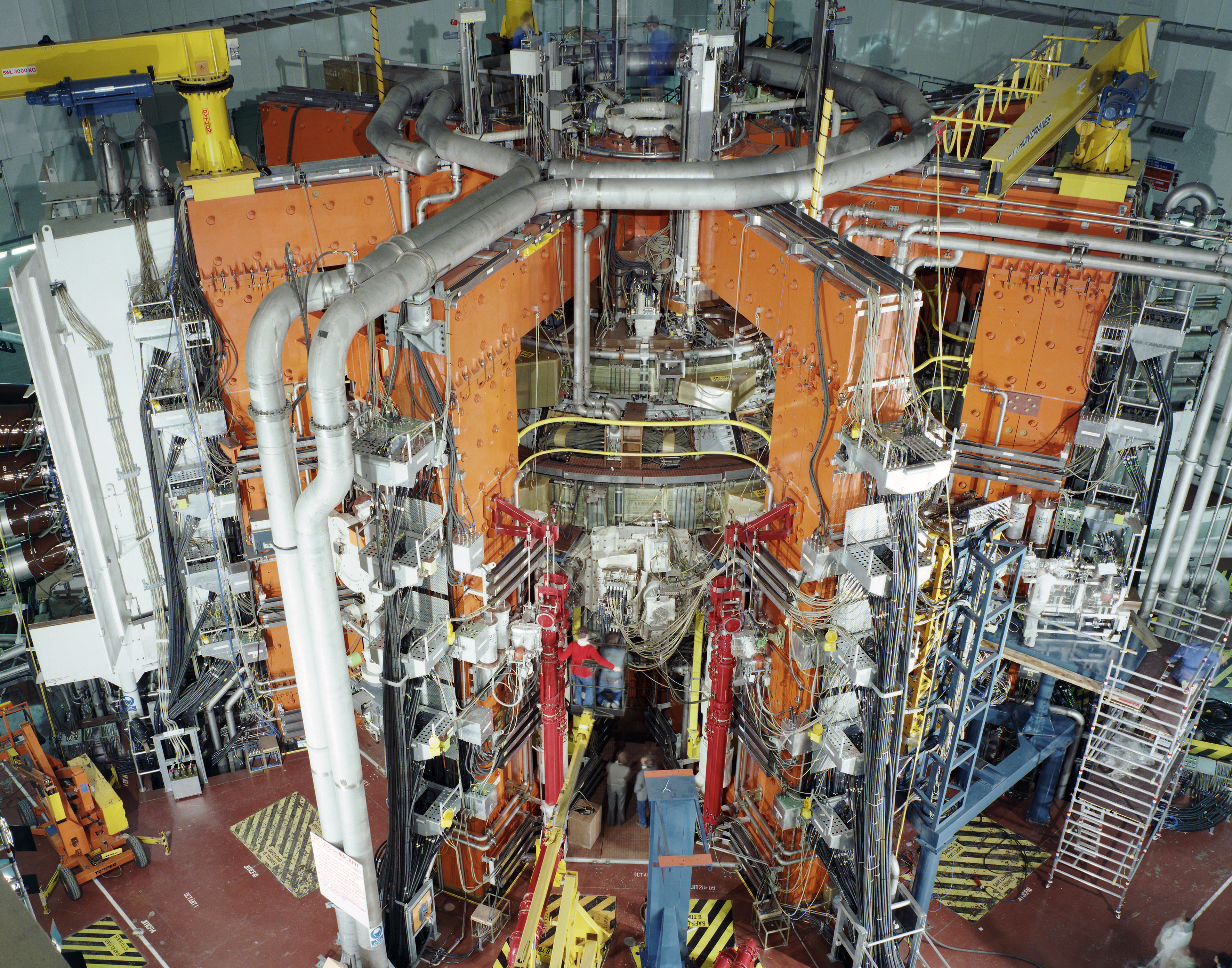Nuclear Fusion
- Introduction to Nuclear Fusion
- Physics of Nuclear Fusion
- Energy from Nuclear Fusion
- Fusion Reactors
- Confinement and Heating
- Fusion Reactor Design
- Radiation and Safety
- Fusion Reactor Materials
- Fusion and the Environment
- Challenges in Nuclear Fusion
- The Future of Nuclear Fusion
Fusion Reactor Design
Safety Systems in Fusion Reactor Design

Experimental type of electricity generation using nuclear fusion.
Safety is a paramount concern in the design and operation of fusion reactors. This unit will delve into the various safety systems incorporated into fusion reactor design, their importance, and how they function to ensure the safe operation of the reactor.
Importance of Safety in Fusion Reactor Design
Fusion reactors, like any nuclear power plants, have the potential to produce harmful radiation and high-energy particles. Therefore, it is crucial to incorporate robust safety systems into the reactor design to protect both the reactor's operators and the surrounding environment.
Radiation Shielding and Containment
One of the primary safety measures in a fusion reactor is radiation shielding. This shielding is designed to absorb and contain the high-energy particles and radiation produced during fusion reactions. The shielding is typically made of dense materials, such as lead or concrete, which can effectively absorb radiation.
In addition to radiation shielding, fusion reactors also feature containment structures. These structures are designed to contain any radioactive materials within the reactor, preventing them from escaping into the environment in the event of a reactor malfunction or accident.
Emergency Shutdown Systems
Fusion reactors are equipped with emergency shutdown systems, also known as "scram" systems. These systems are designed to rapidly shut down the reactor in the event of a malfunction or emergency, halting the fusion reactions and reducing the reactor's power output to a safe level.
The scram system typically involves the rapid insertion of control rods into the reactor. These rods absorb the neutrons that sustain the fusion reactions, effectively halting the reactions and shutting down the reactor.
Maintenance and Inspection Procedures for Safety Systems
Regular maintenance and inspection of the reactor's safety systems are crucial to ensure their continued effectiveness. These procedures typically involve regular testing of the scram system, inspection of the radiation shielding and containment structures for signs of wear or damage, and calibration of radiation monitoring equipment.
Regulatory Standards and Guidelines for Fusion Reactor Safety Systems
Fusion reactors are subject to stringent regulatory standards and guidelines to ensure their safe operation. These standards, set by bodies such as the International Atomic Energy Agency (IAEA), cover all aspects of reactor design and operation, including safety systems.
In conclusion, safety systems play a crucial role in fusion reactor design. They protect both the reactor's operators and the surrounding environment from the potential hazards associated with fusion reactions, ensuring the safe and sustainable operation of the reactor.